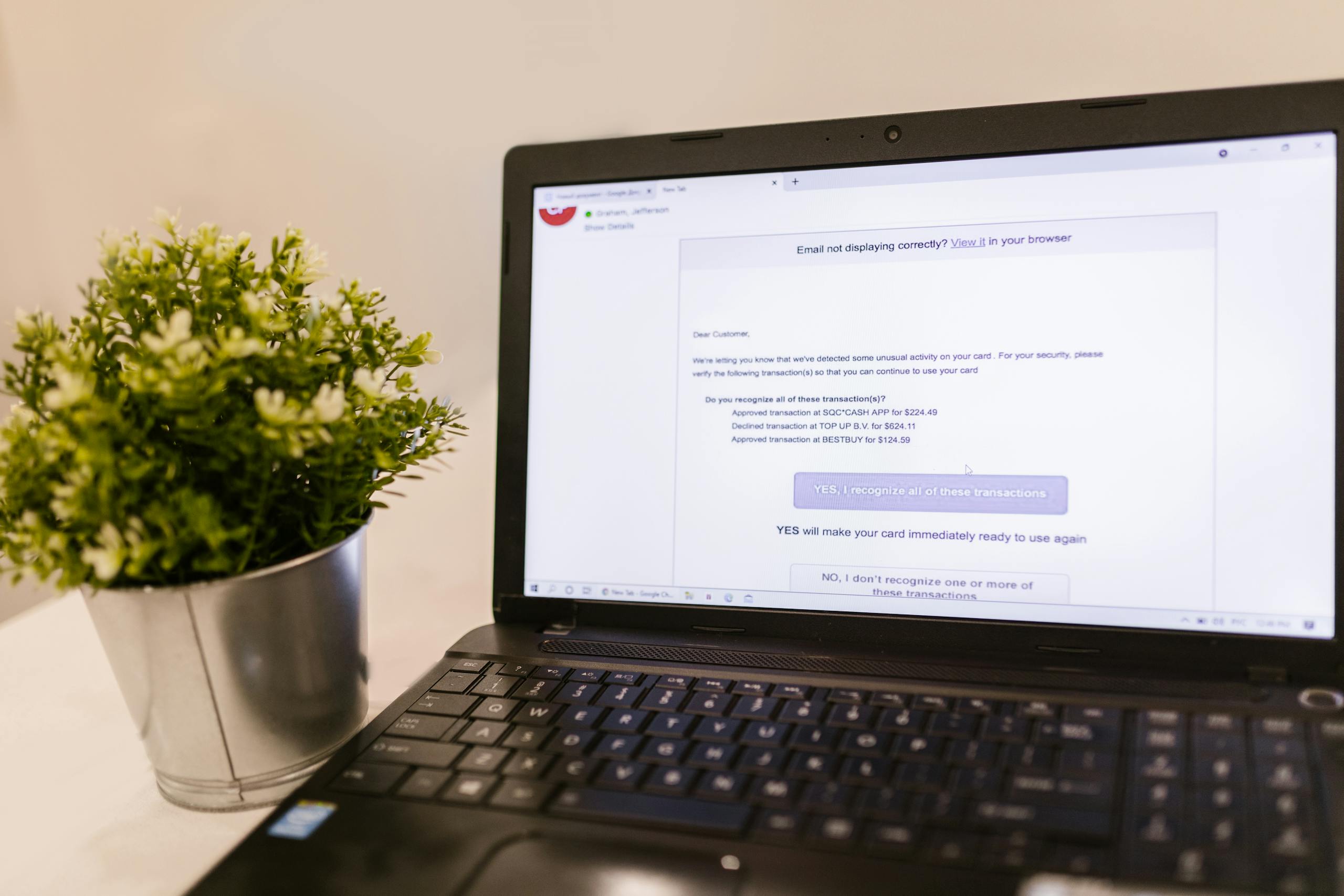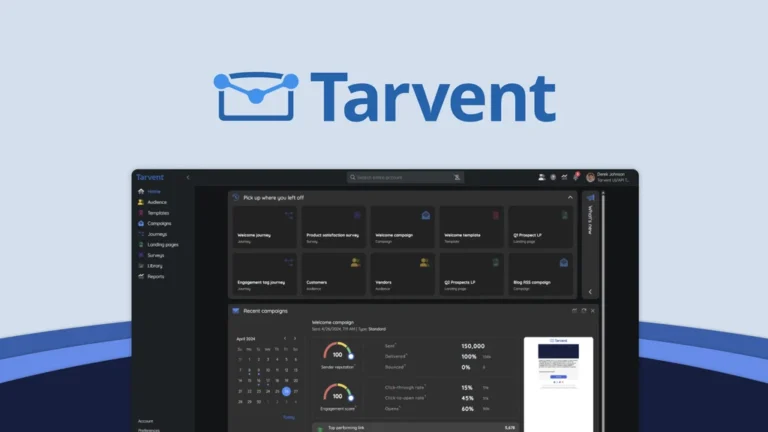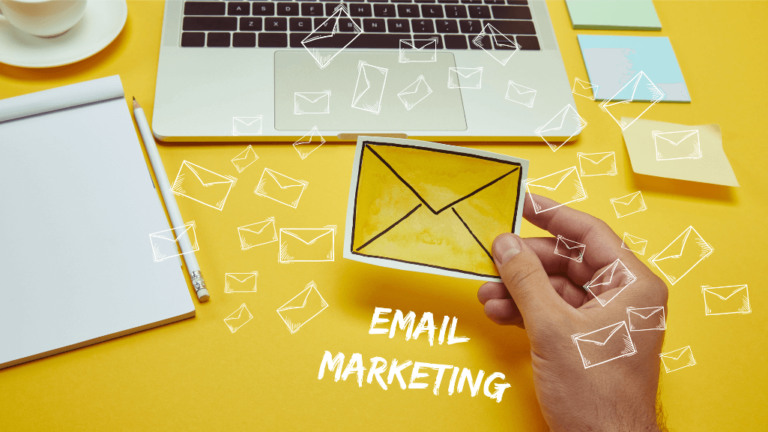Email Marketing Success: Perfecting Copy, Design, and Accessibility
Email marketing is an essential tool for businesses looking to connect with customers. A critical part of email marketing is the content and design. Writing compelling email copy, creating an engaging layout, and ensuring accessibility are crucial to achieving the desired results. Let’s dive deeper into each of these areas.
Copywriting Best Practices
Email copywriting plays a pivotal role in the success of any email marketing campaign. Crafting the right message ensures your audience reads and takes action.
Subject Lines
Subject lines are the first impression recipients have of your email. They should grab attention and create curiosity. Use concise, action-driven language. Keep it clear and relevant to the content of the email. Personalize subject lines when possible. Using the recipient’s name or referring to something they’ve shown interest in makes the email more appealing. Avoid using all caps or excessive punctuation, which can be seen as spammy. Test different subject lines to see which ones perform better.

Call to Action (CTA)
Your email’s goal is often to drive the reader to take action. CTAs guide them in that direction. Be clear and direct in your CTA. Use compelling action verbs such as “Shop now,” “Sign up today,” or “Learn more.” Make the CTA stand out by using contrasting colors and placing it prominently within the email. Multiple CTAs can be used, but ensure they all serve the same goal. Avoid overwhelming the reader with too many choices. Ensure that the link leads to the right destination, providing a seamless experience.
Personalization
Personalization goes beyond just adding a name in the subject line. Use the data you have about your subscribers to send relevant, targeted content. Segment your email list based on customer behavior, location, or demographics. Address each recipient with content that speaks directly to their needs and interests. Personalized emails generate higher engagement and foster better customer relationships.
Tone
The tone of your email must align with your brand’s voice and audience. For example, if your brand is playful and lighthearted, use informal language. On the other hand, a professional tone is necessary for industries such as finance or healthcare. Keep the tone conversational and approachable to ensure it resonates with the reader. Striking the right balance will make the email feel authentic and engaging.
Email Design & Layout
The design of an email impacts how readers engage with your content. A well-designed email helps ensure that the message is delivered effectively.
HTML vs. Plain Text
HTML emails have more flexibility. You can incorporate images, links, and interactive elements. They allow for a visually appealing layout that can capture attention quickly. However, plain text emails can feel more personal and less sales-driven. They may also have higher deliverability rates, as some email providers favor them over more complex designs. Decide which format to use based on your email’s purpose and your audience’s preferences.
Mobile Optimization
A large percentage of emails are opened on mobile devices. If your email isn’t mobile-optimized, you could lose potential customers. Use a responsive design that adjusts to different screen sizes. Make sure that your text is readable without zooming, and your CTA buttons are easily clickable. Images should scale properly to avoid being cut off or taking too long to load. Keep your layout simple, focusing on essential elements that convey your message without cluttering the screen.
Branding
Your email design should reflect your brand’s identity. Use consistent colors, fonts, and logos. This strengthens brand recognition and creates a cohesive experience across all communication channels. Incorporating your brand’s style helps build trust with your audience. Ensure that your email template follows the same design principles as your website and social media. A cohesive look reinforces your brand’s credibility and professionalism.
Accessibility Considerations
Designing an email with accessibility in mind is not only important but necessary. It ensures that everyone, regardless of their abilities, can read and engage with your content.
Alt Text
Alt text is crucial for users who rely on screen readers to access content. Always include descriptive alt text for images, ensuring that it conveys the meaning of the image. This can be especially helpful if an image fails to load or if a user has images disabled in their email client. Descriptive alt text ensures that the message behind the image is not lost. Keep the alt text short, clear, and relevant to the content.
Dark Mode Compatibility
Many email clients, such as Gmail and Outlook, offer dark mode as an option. This feature changes the color scheme to darker shades, making it easier on the eyes, especially in low-light environments. Ensure your email is compatible with dark mode by using transparent images and avoiding colors that may be hard to read in dark mode, like light text on dark backgrounds. Test your emails to see how they appear in both dark and light modes, making sure that key elements such as CTA buttons and text are still readable.
Readability
Readability is a key component of email design. Use a legible font size and contrast to ensure your text is easy to read. Avoid overly long paragraphs; break up text into smaller chunks. Use headings and subheadings to help guide the reader through the email. Bullet points or numbered lists can help highlight key information. Make sure that your font choice aligns with your brand, but also choose one that is legible across different devices and email clients.
Conclusion
Creating effective email content and design is a balance of art and science. Craft compelling copy, design a layout that supports your message, and ensure your email is accessible to all users. By paying attention to the details—such as subject lines, CTAs, mobile optimization, and accessibility—you can create an email experience that not only attracts attention but also drives engagement. Test and tweak your email strategies regularly to improve performance and ensure your emails are reaching their full potential. Email marketing is a powerful tool when used correctly, and it starts with getting the content and design right.







